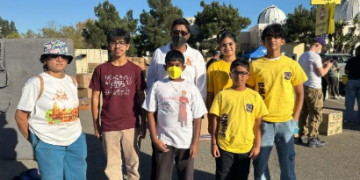Introduction to Ghosh here
For any question about Ghosh please email to [email protected]
Learn Ghosh Step by Step
qwe
(B) -- Balaranjani (short rachanas suitable and convenient for Bala ghosh)
(V) -- Rachanas for Vyayam-Yog
| Rachana Name | Anak [Play / Learn] |
Shankha [Play / Learn] |
Vamsi [Play / Learn] |
|||
|---|---|---|---|---|---|---|
| Ajey | - | - | - | |||
| Anand (B) | - | - | - | - | ||
| Arun (B) | - | - | - | - | - | |
| Bharatam | - | - | - | - | - | |
| Bhup | - | - | - | - | - | |
| Chetak | - | - | - | |||
| Deshkar | - | - | - | - | - | |
| Durga | - | - | - | |||
| Dwajapranam | - | - | - | - | ||
| Dwajapranam - Solo | - | - | - | - | - | |








